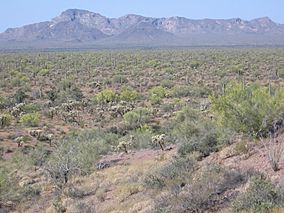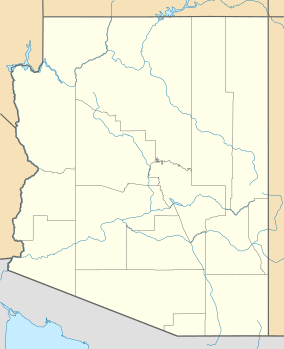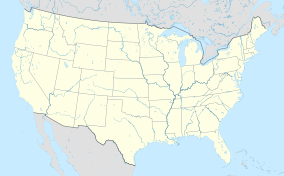Organ Pipe Cactus National Monument facts for kids
Quick facts for kids Organ Pipe Cactus National Monuments |
|
|---|---|
|
IUCN Category V (Protected Landscape/Seascape)
|
|
 |
|
| Location | Pima County, Arizona, USA |
| Nearest city | Ajo, Arizona |
| Area | 330,688 acres (1,338.25 km2) |
| Created | April 13, 1937 |
| Visitors | 260,375 (in 2018) |
| Governing body | National Park Service |
| Website | Organ Pipe Cactus National Monument |
Organ Pipe Cactus National Monument is a special protected area in southern Arizona, USA. It shares a border with the Mexican state of Sonora. This monument is the only place in the United States where the unique organ pipe cactus grows naturally.
Besides the organ pipe cactus, many other types of cacti and desert plants live here. These plants are native to the Yuma Desert part of the larger Sonoran Desert. Organ Pipe Cactus National Monument covers about 517 square miles (1,339 square kilometers). It is a very important place for nature.
In 1976, UNESCO declared the monument a Biosphere Reserve. This means it is a place where people try to balance nature conservation with human needs. Also, in 1977, 95% of Organ Pipe Cactus was made a wilderness area. This protects it even more.
Contents
What is a National Monument?
A U.S. national monument is a protected area in the United States. It is similar to a national park but can be created by the President. These places are set aside to protect important natural, historic, or scientific features. Organ Pipe Cactus National Monument protects a unique desert ecosystem.
History of the Monument
The land for the monument was given by the Arizona state government to the federal government. This happened in 1937. On April 13, 1937, the area officially opened as a national monument. This helped protect the special plants and animals found there.
Unique Plants and Animals
The monument is famous for its organ pipe cactus. This cactus has many tall, upright stems that look like organ pipes. It is a very interesting plant to see.
But it's not just organ pipe cacti! The monument is home to many other types of cacti. You can see tall saguaro cacti, prickly hedgehog cacti, and many more. The desert also has beautiful flowering plants like brittlebush. These plants are all adapted to live in the hot, dry desert environment.
Many animals also call this desert home. You might see desert tortoises, javelinas, coyotes, and many kinds of birds. The monument is a vital habitat for these creatures.
Location and Neighbors
Organ Pipe Cactus National Monument is located in Pima County, Arizona. The small community of Why, Arizona is at the north entrance of the park. At the southern border, you'll find the town of Lukeville, Arizona. This town is a border crossing point to Sonoyta, Sonora, Mexico.
The monument has important neighbors. To its northwest is the Cabeza Prieta National Wildlife Refuge. To the east, it borders the Tohono O'odham Indian Reservation. These nearby protected areas help create a larger connected habitat for wildlife.
Gallery
-
Hedgehog cactus and brittlebush in bloom at the National Monument
-
The Monument is also home to many saguaro cacti
-
The Monument also contains a pair of natural arches
See also
 In Spanish: Monumento nacional Organ Pipe Cactus para niños
In Spanish: Monumento nacional Organ Pipe Cactus para niños








